-
CATEGORY ::
- All Seeds /
- All Ornamental Grass Seeds



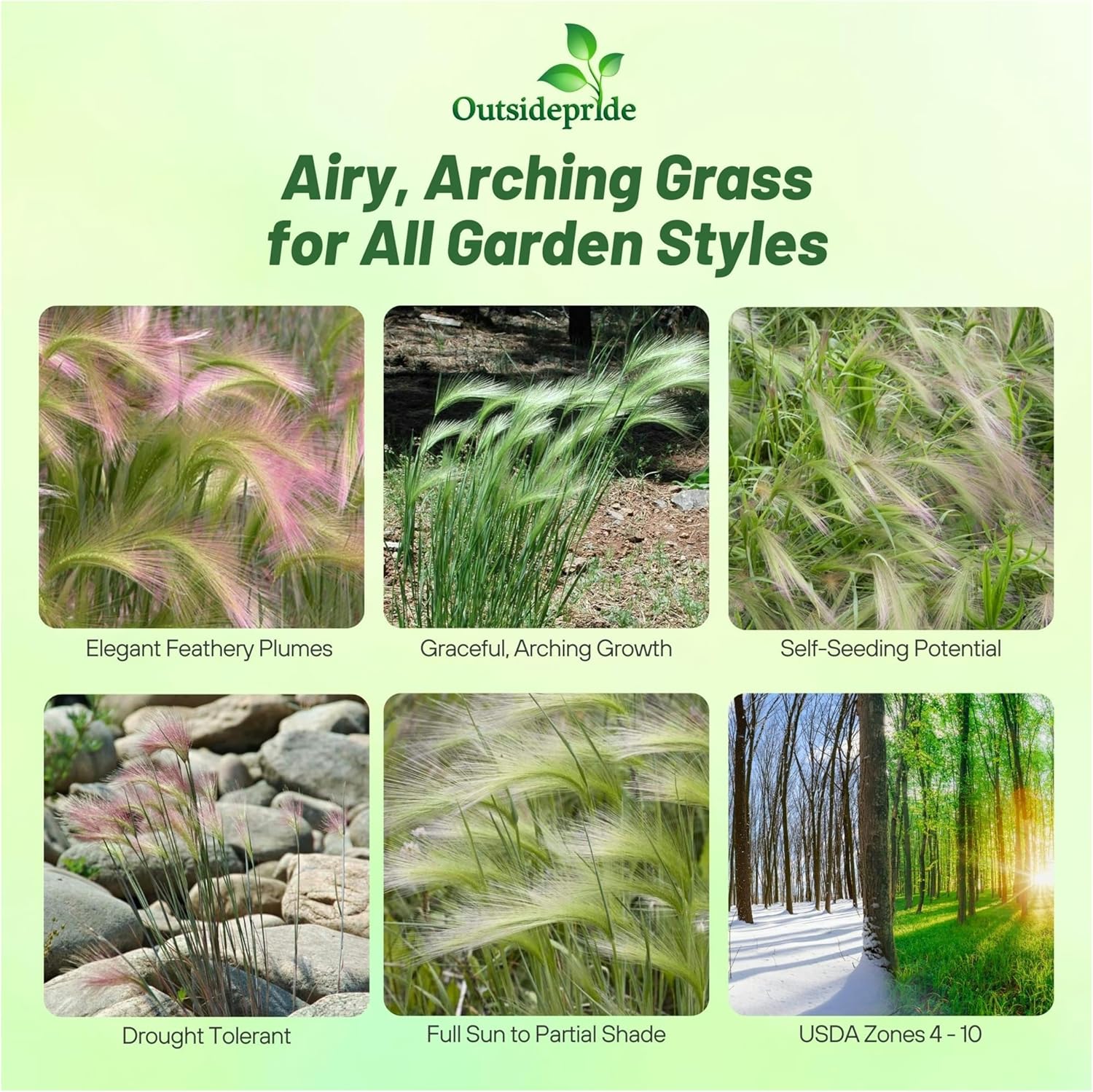
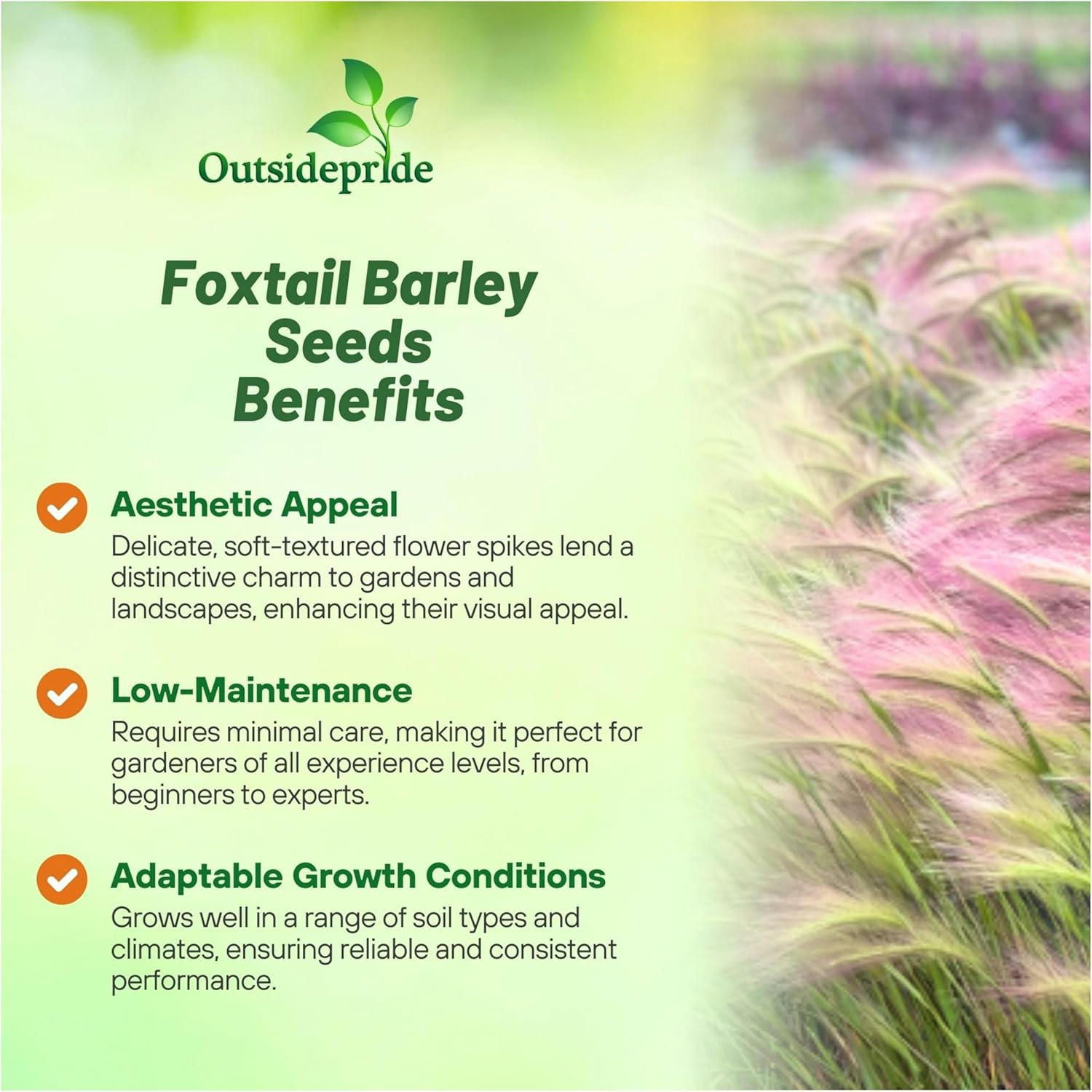



Hordeum Jubatum Seeds
SEASON
Perennial
USDA ZONES
4 - 10
HEIGHT
20 inches
FOLIAGE COLOR
Green
FLOWER COLOR
White to pink
SOIL REQUIREMENT
Tolerates a wide range of soil conditions
ENVIRONMENT
Full sun to partial shade
DEER RESISTANT
Yes
LATIN NAME
Hordeum jubatum
SEASON
Perennial
USDA ZONES
3 - 8
HEIGHT
12 inches
WIDTH
10 inches
FOLIAGE COLOR
Blue-green
FLOWER COLOR
Greenish fading to tan
GROWTH RATE
Moderate
FALL COLOR
Same
SOIL REQUIREMENT
Well-drained soils, pH 5.8 - 7.5
ENVIRONMENT
Full sun
DEER RESISTANT
Yes
MOISTURE REQUIREMENTS
Dry to medium
SEASON
Annual
USDA ZONES
3 - 10
HEIGHT
18 inches
WIDTH
12 inches
FLOWER COLOR
White
FALL COLOR
Tan
ENVIRONMENT
Full sun
DEER RESISTANT
MOISTURE REQUIREMENTS
Average water
SEASON
Perennial
USDA ZONES
9 - 10
HEIGHT
36 - 48 inches
WIDTH
24 inches
FOLIAGE COLOR
Green
SOIL REQUIREMENT
Moist, pH 6.1 - 7.8
ENVIRONMENT
Full sun to partial shade
DEER RESISTANT
Yes
SEASON
Perennial
USDA ZONES
5 - 11
HEIGHT
6 - 12 inches
WIDTH
12 - 24 inches
FOLIAGE COLOR
Green
FLOWER COLOR
Blue
FALL COLOR
Foliage may turn brown with cold winters
SOIL REQUIREMENT
Average, medium, well-drained soil
ENVIRONMENT
Full sun to partial shade
DEER RESISTANT
Yes
MOISTURE REQUIREMENTS
Requires weekly watering during extreme heat for first year
LATIN NAME
Liriope muscari
SEASON
Annual
USDA ZONES
3 - 11
HEIGHT
24 inches
FOLIAGE COLOR
Green and white
GROWTH RATE
Fast
SOIL REQUIREMENT
Loam to clay type soils, broad pH range
ENVIRONMENT
Full sun to partial shade
DEER RESISTANT
Yes
HOUSE PLANT
Yes
SEASON
Perennial
USDA ZONES
5 - 8
HEIGHT
24 inches
WIDTH
24 inches
FOLIAGE COLOR
Yellow
SOIL REQUIREMENT
Evenly moist, well-drained soil, pH 5.5 - 6.5
ENVIRONMENT
Partial shade to full shade
DEER RESISTANT
Yes
LATIN NAME
Milium effusum
SEASON
Annual
USDA ZONES
3 - 10
HEIGHT
16 inches
FOLIAGE COLOR
Blue-green
FLOWER COLOR
Light green panicles that turn cream when older
SOIL REQUIREMENT
Course, textured soils, pH 4.8 ÃÂâÃÂÃÂÃÂà7.8
ENVIRONMENT
Full sun to partial shade
DEER RESISTANT
Yes
MOISTURE REQUIREMENTS
Moist to wet areas
About...
Foxtail Barley (Hordeum jubatum) - If you like native ornamental grasses, try growing Foxtail Barley grass seeds. It is also commonly called Squirrel Tail Grass, and it prefers full sun and moist to dry conditions. Hordeum jubatum has gained popularity as an ornamental grass because of its highly attractive flower heads.
MORE ORNAMENTAL GRASS OPTIONS
Planting Directions
TEMPERATURE
70F
AVERAGE GERM TIME
7 - 14 days
LIGHT REQUIRED
Yes
DEPTH
Surface sow and then light cover no more than 1/8th inch
SOWING RATE
4 - 5 seeds per plant
MOISTURE
Keep seeds moist until germination
PLANT SPACING
18 inches

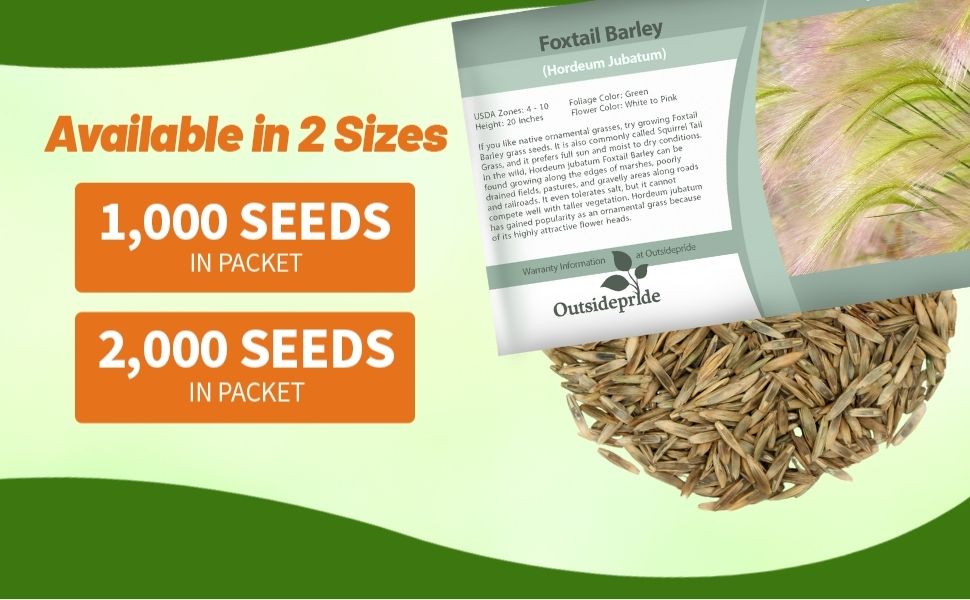
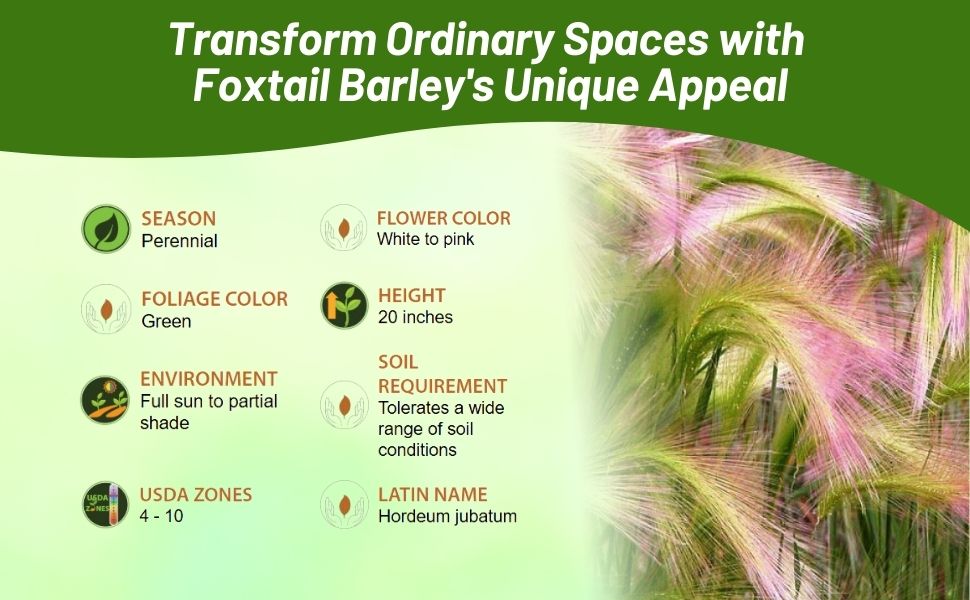
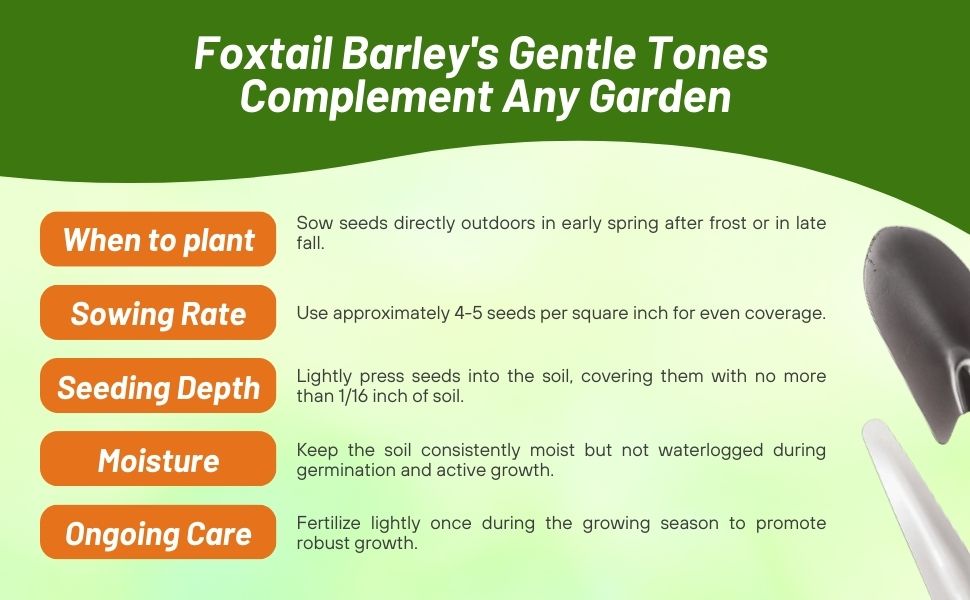
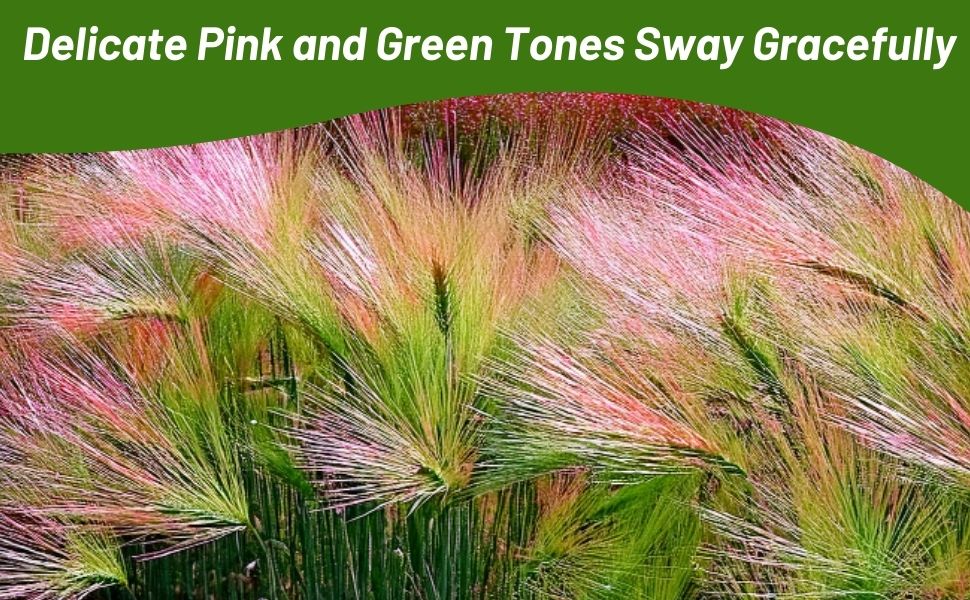
Foxtail Barley (Hordeum jubatum) - If you like native ornamental grasses, try growing Foxtail Barley grass seeds. It is also commonly called Squirrel Tail Grass, and it prefers full sun and moist to dry conditions. In the wild, Hordeum jubatum Foxtail Barley can be found growing along the edges of marshes, poorly drained fields, pastures, and gravelly areas along roads and railroads. It even tolerates salt, but it cannot compete well with taller vegetation. Hordeum jubatum has gained popularity as an ornamental grass because of its highly attractive flower heads.
How To Grow Foxtail Barley Seeds: The ornamental grass seeds can be started directly outdoors in spring once frost danger has passed. Prepare a weed free seedbed. Foxtail Barley is known to self-sow easily, but it is shallow-rooted making unwanted seedlings easy to pull and remove.
Common Questions
Can I use it in flower arrangements?
Yes, foxtail barely works very well for fresh and dried flower arrangements.
Where can I use in my landscape?
This grass makes a graceful plant for beds and borders, in rock gardens, for mass plantings. Also works great in meadows and can self-sow to keep your areas looking full.
Planting Directions
TEMPERATURE
70F
AVERAGE GERM TIME
7 - 14 days
LIGHT REQUIRED
Yes
DEPTH
Cover the seeds with a thin layer of vermiculite
SOWING RATE
3 - 5 seeds per plant
MOISTURE
Keep soil moist until germination
PLANT SPACING
10 inches
TEMPERATURE
AVERAGE GERM TIME
LIGHT REQUIRED
DEPTH
SOWING RATE
MOISTURE
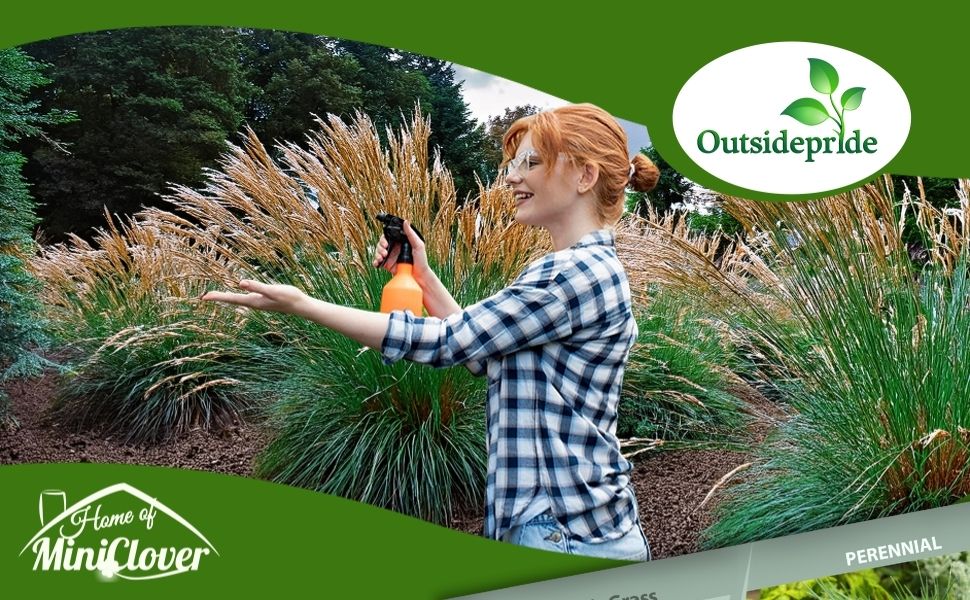
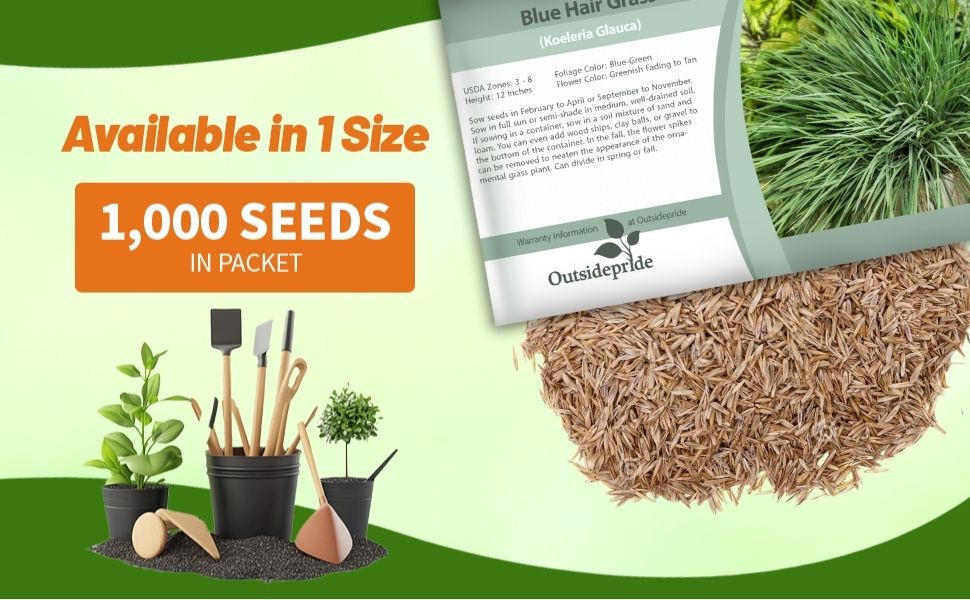
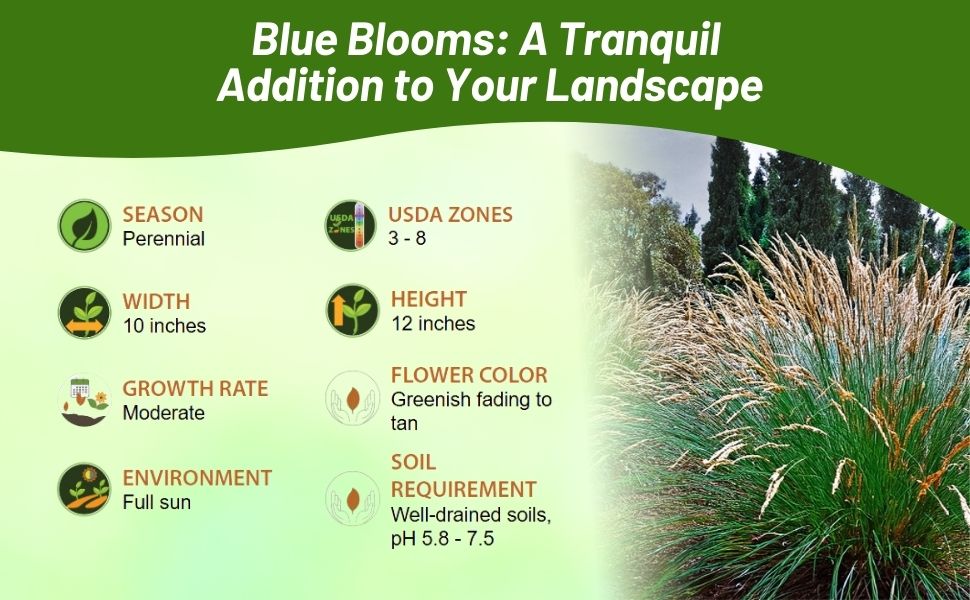

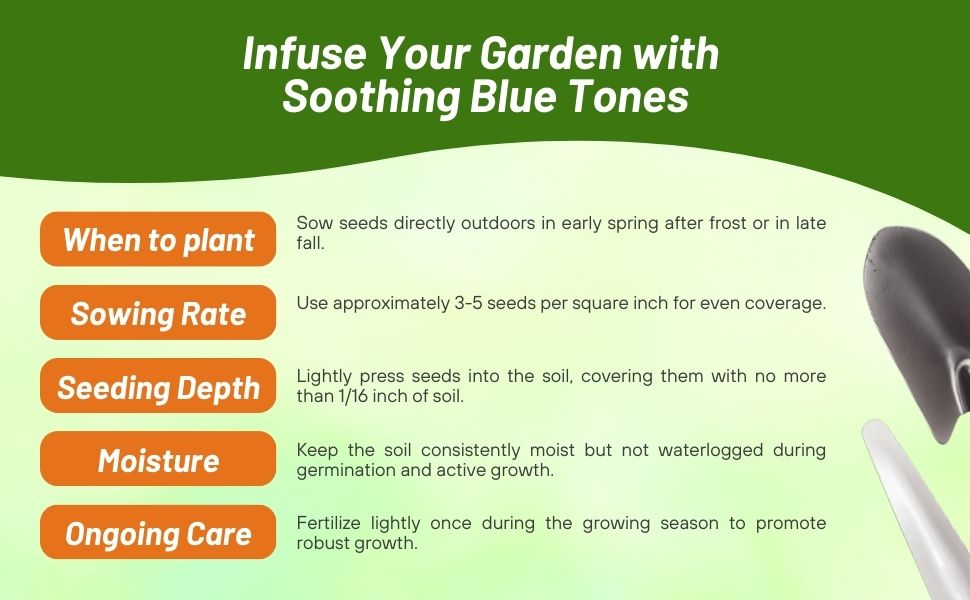
Blue Hair Grass (Koeleria glauca) - Drought tolerant Blue Hair grass seed produce both the foliage and flowers that are attractive and enhancing to the landscape, and it is one of the few low-growing ornamental grasses. This ornamental grass will only grow to 12 inch tall, producing dense tufts of blue-green leaves. Blue Hair grass is a well-behaved and non-spreading species that is suitable for sunny borders. It forms a low mound of very fine blue-green leaves with a hedgehog appearance. In the spring, flower panicles emerge that are glossy green, and they mature into tan seed heads by midsummer and last through late summer. The flowers preserve well and can be used in dried arrangements. The Blue Hair plant may remain evergreen in mild winter regions. Blue Hair Grass care includes a hard trimming in late winter down to 2 inches to remove dead foliage. In the fall, the flower spikes can be removed to neaten the appearnace of the ornamental grass plant. Can divide in spring or fall.
Blue Hair grass grows easily in average, dry to medium, well-drained soil in full sun. It performs the best in lean soils and will not do as well in rich, fertile soil. Koeleria glauca Blue Hair grass is drought tolerant, but it is not tolerant of heavy clay soils, wet soils and shade.
Common Questions
Do I need to prune my plants?
Yes, blue hair grass should be pruned back in late winter to make room for new growth come spring.
Can I use in my dried flower arrangements?
Yes, the flowers preserve well and can be used in dried flower arrangements if trimmed back in fall or winter.
Can I divide my plants?
Yes, blue hair grass can be divided in spring or fall.
Planting Directions
TEMPERATURE
71F
AVERAGE GERM TIME
7 - 10 days
LIGHT REQUIRED
Yes
DEPTH
Surface sow seed
SOWING RATE
4 - 5 seeds per plant
MOISTURE
Keep seeds continually moist until germination
PLANT SPACING
12 inches
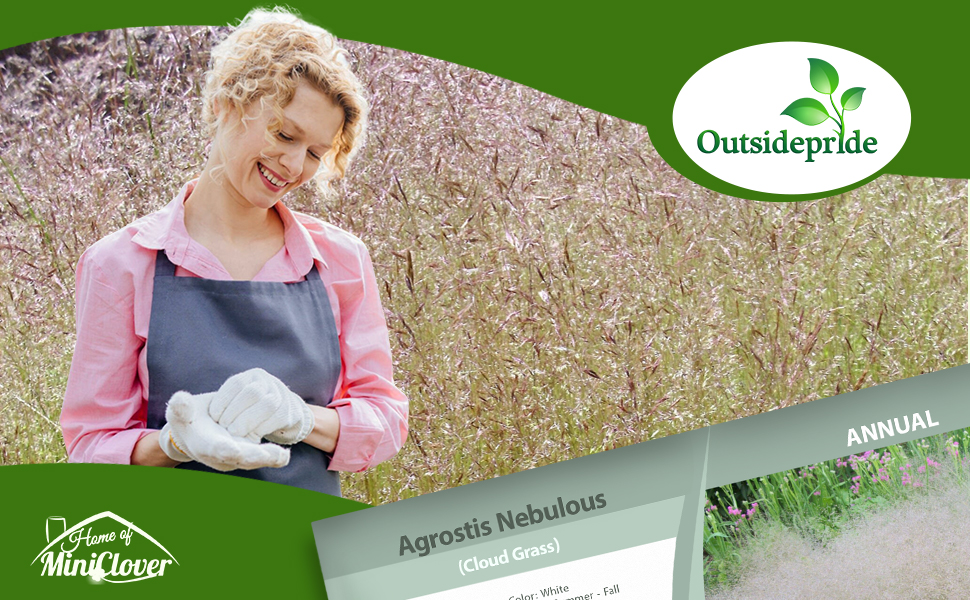

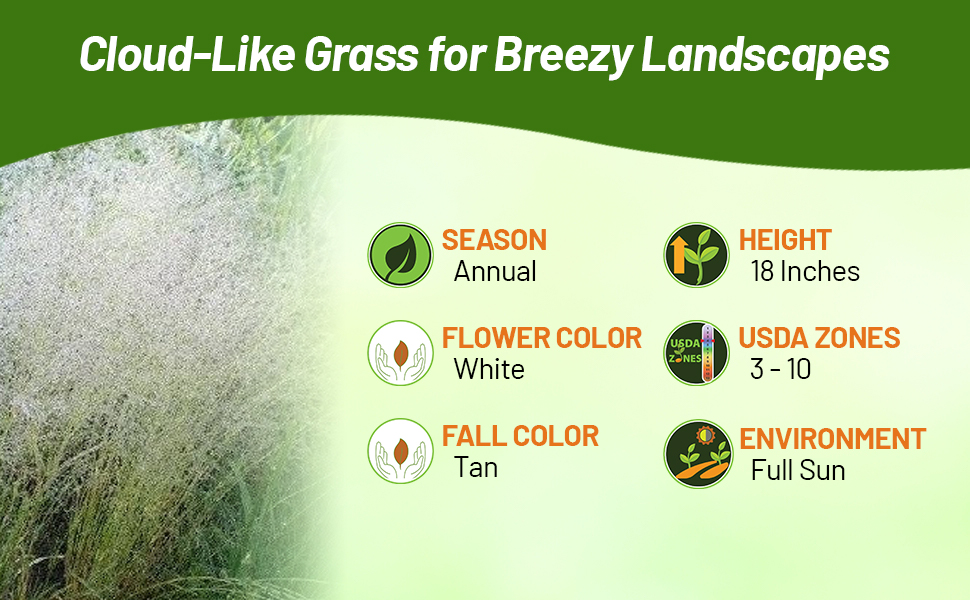
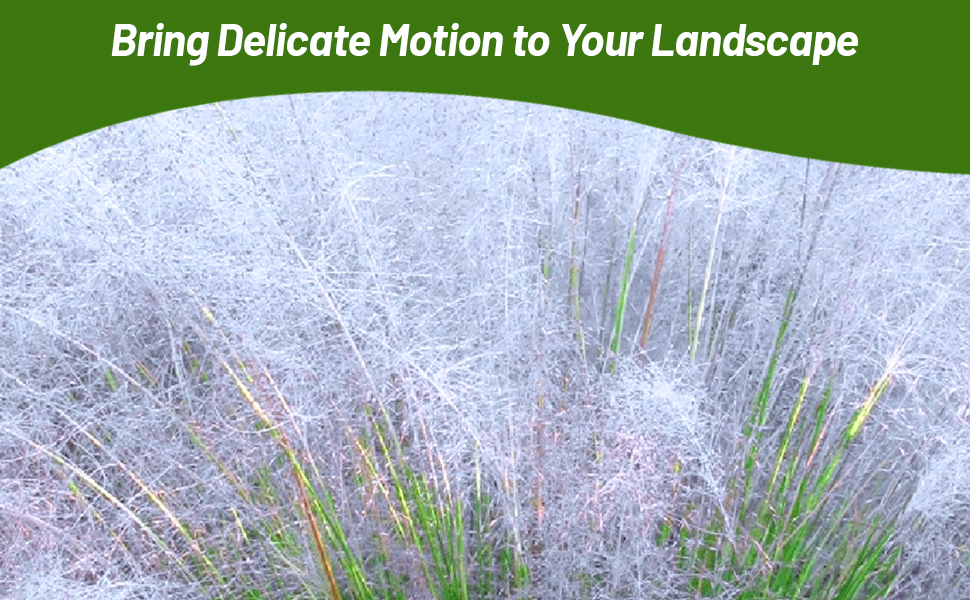
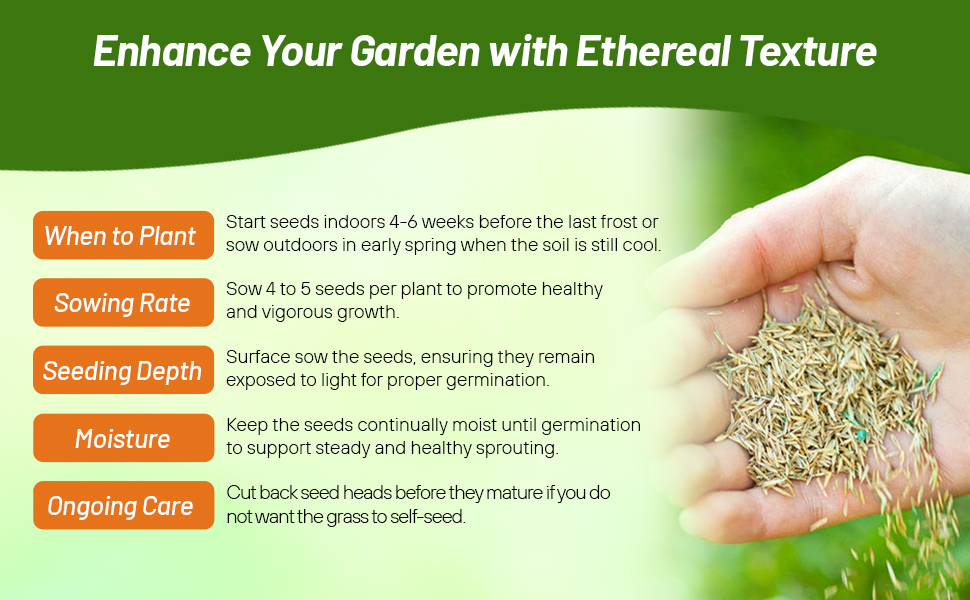
Cloud Grass (Agrostis nebulous) - Cloud Grass, a species of bentgrass, forms a hazy mist in late summer when its delicate, tiny flowers spread out in all directions. This plant is often cultivated for its light delicate heads that are used dried in floristry and is also drought tolerant.
The airy seed-heads resemble clouds or sea foam which make a great addition to any xeriscape flower garden. The ornamental grass has its best display when next to course textured plants or along fence lines. Agrostis nebulosa is very useful to fill in those difficult transitions in the garden. When Cloud Grass is fully mature, it reaches approximately18 inches tall & 12 inches wide blooming all summer long. Native to Portugal & Spain, but will grow in the U.S. in USDA Zones 3 - 10 as an annual ornamental grass. The flowers are great for fresh or dried bouquet and will turn tan as the seed-heads head in to Fall.
Common Questions
When do seedheads appear?
Typically cloud grass seed heads will appear Mid-summer.
Do I need to deadhead my plants?
Yes, to prevent the spread of these plants you will want to deadhead before they set seed.
What are some good places to use cloud grass in my landscape?
Cloud grass is great for borders, containers and in cut flower gardens.
Planting Directions
TEMPERATURE
70F
AVERAGE GERM TIME
14 - 28 days, soak seed overnight in warm water before planting
LIGHT REQUIRED
Yes
DEPTH
1/4 inch
SOWING RATE
2 - 3 seeds per plant
MOISTURE
Keep seeds moist until germination occurs
PLANT SPACING
10 - 12 inches
Job's Tears (Coix Lacryma-jobi) - For an interesting ornamental grass, try starting Cois seeds and enjoy this attractive grass that is known for its seeds. Commonly called Job's Tears grass, Coix is a perennial grass only in climate zones 9 and 10, and it is grown as an annual in the cooler zones. Ornamental grasses provide their own unique beauty to the landscape and Job's Tears is no exception with its slender, ribbon-like leaves and spikes of teardrop-like seeds. The plant is well known for the seeds that are natural beads and have been used for centuries to create jewelry and rosaries. Coix grass is native to Asia and is found along roadsides as well as cultivated for the grain that is edible and used in traditional Chinese herbal medicine. Grow these ornamental grass seeds and experience first hand the beauty and uniqueness of this Coix plant!































